Glen Campbell
(Click on the image to zoom in.)

Glen Campbell
(Click on the image to zoom in.)

Starting in 1967 with Gentle on my Mind (written by John Hartford) Glen followed this hit with By the Time I Get to Phoenix (also 1967), Wichita Lineman (1968), and Galveston (1969). It was in 1969 that Glen became one of the few Country and Western stars to have his own show on prime time network television with The Glen Campbell Goodtime Hour.
Among Glen's Guest
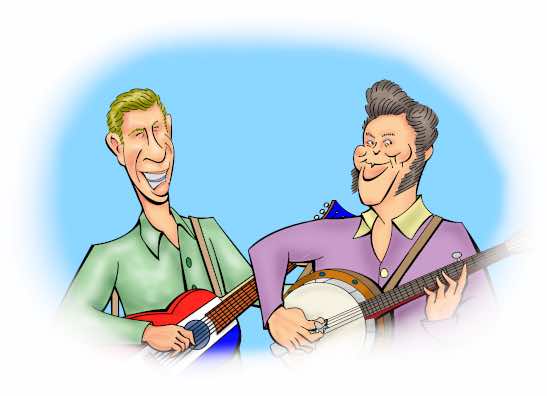
Buck and Roy
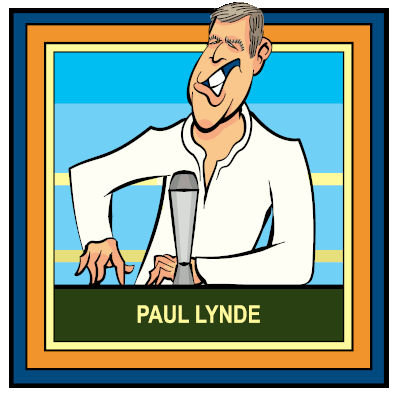
Paul

Duke
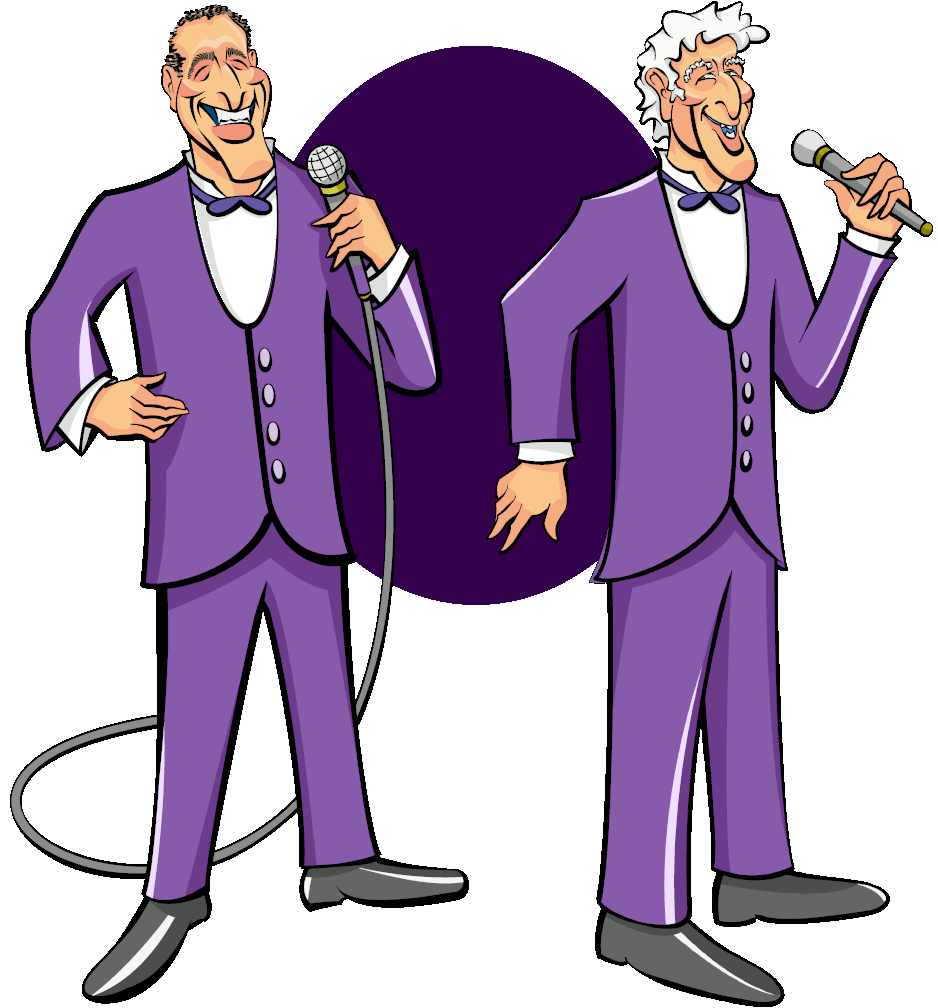
Tony (Before and After)
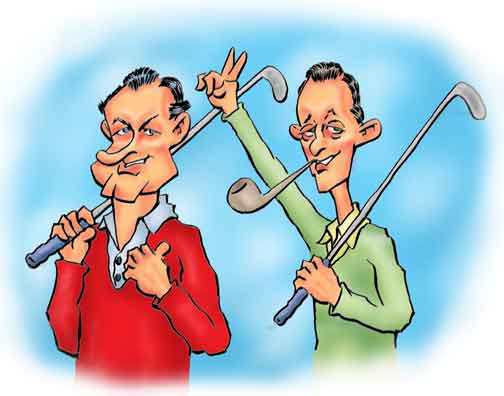
Bob and Bing
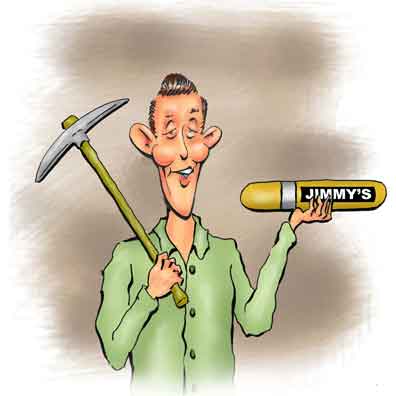
Jimmy
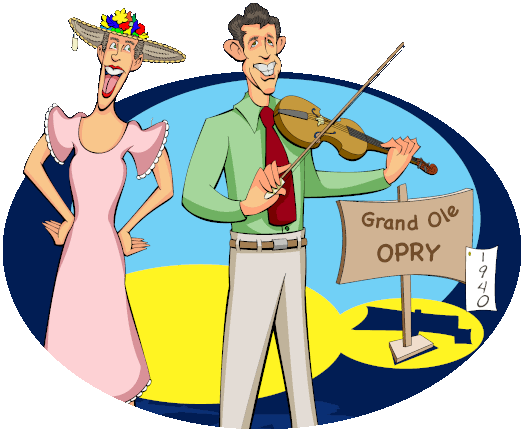
Minnie (and Friend)

Jerry Lee
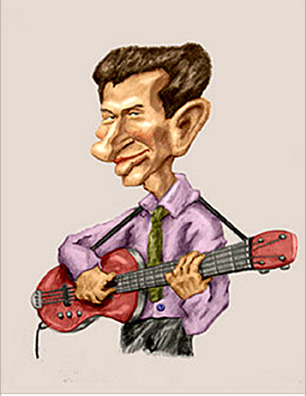
Waylon (Before)
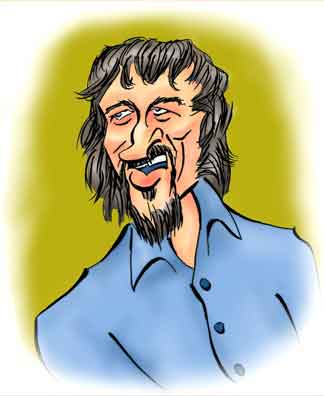
Waylon (After)
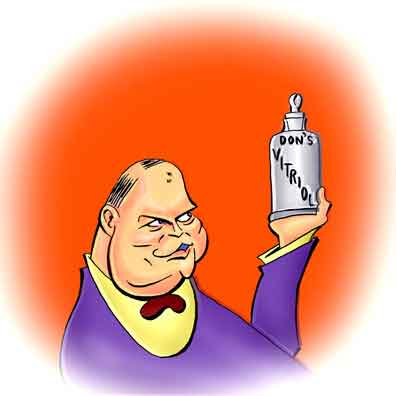
Mr. Warmth
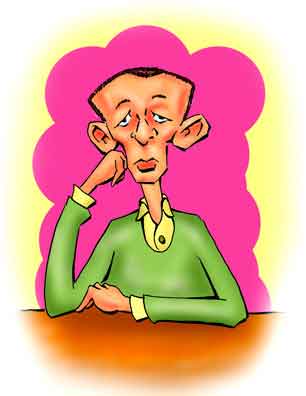
Joey

Dean Martin
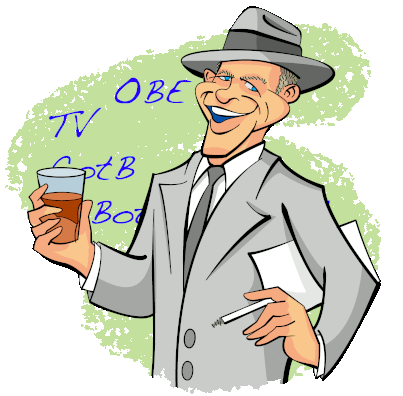
Frank
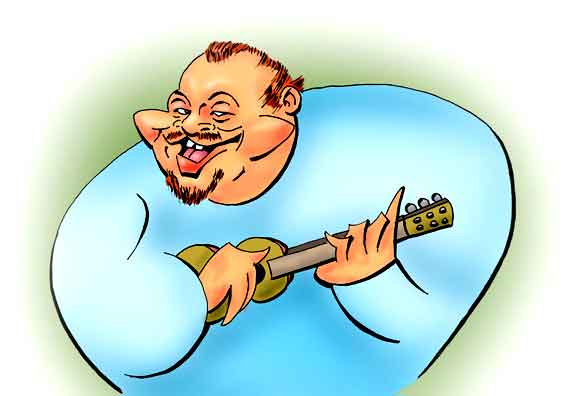
Burl Ives

Carlos
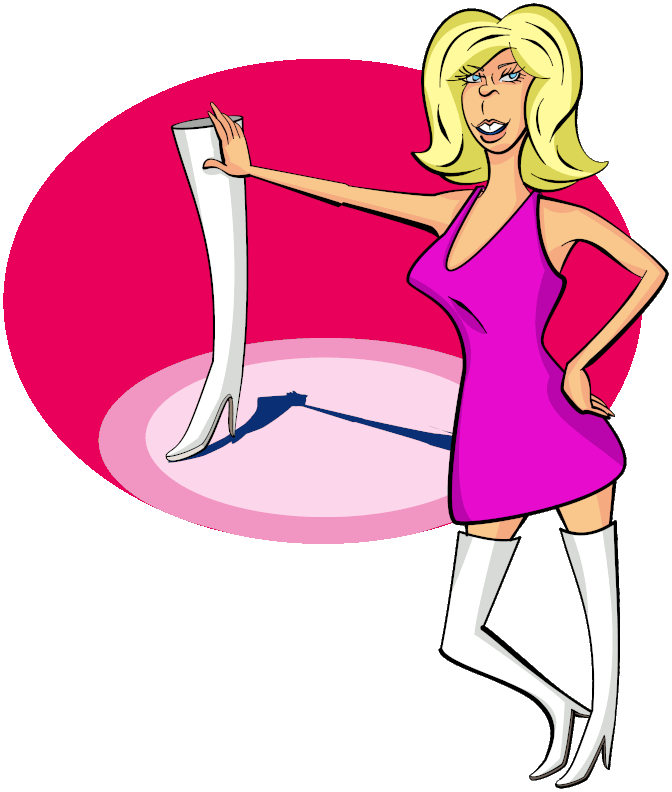
Nancy
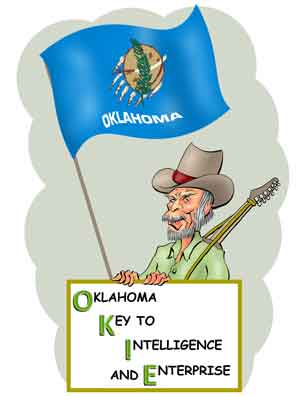
Merle
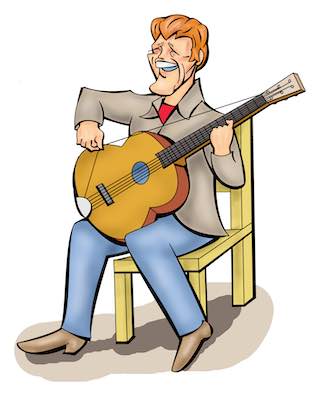
Jerry
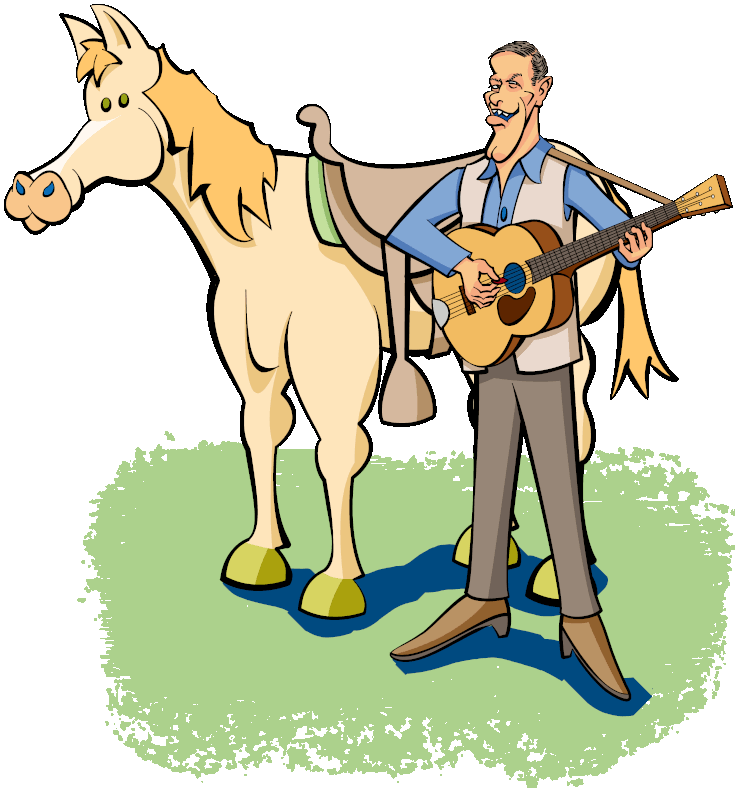
Eddy
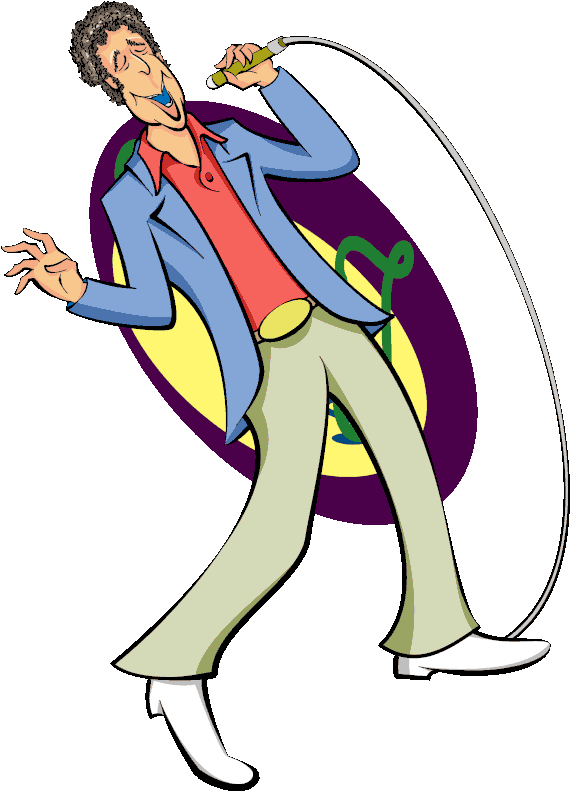
Sir Tom
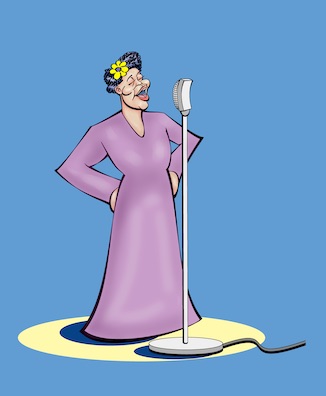
Ella
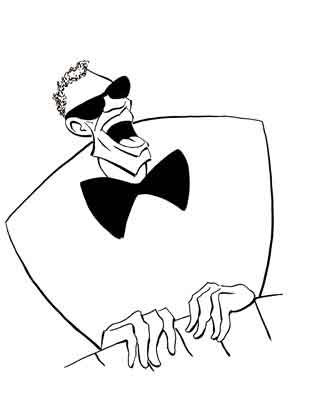
Ray
Today with Country and Western practically driving the national economy, it's easy to forget that there was a time that C&W was eschewed by mainstream audiences. Rock was Rock, and Country was Country, and everyone hoped that ne'er the twain would meet.
But yet (to quote Shakespeare) most of Glen's #1 records were on the Country Charts. He - and we use quotes - "only" had two songs reach the Top Rock Singles spot. One (of course) was Rhinestone Cowboy. It remained at the top for three weeks in October of 1975. The other was Southern Nights which charted #1 on the Rock Singles on May 14, 1977 and remained as the Top Rock for two weeks.
But it was Glen's Lots-of-Country-and-Some-Rock distribution that was the key to his widespread popularity. Both kids and their parents liked his songs and even if Galveston and Wichita Lineman didn't reach Rock #1, both broached deeply into the Top 10. By the Time I Get to Phoenix was a #2 Country Hit and reached #26 in the Billboard's Hot 100 which was a quite respectable achievement.
And yet there has never been an academic biography written about Glen.1 So details of Glen's life must be gleaned from disparate sources. Glen did at least write an autobiography and there have been memoirs written by people who knew him.
Footnote
"Academic" does not necessarily mean written by a professor. Instead an academic biography is one with all possible primary references investigated and properly cited.
Glen was born in Arkansas in 1936, and like a number of future Country stars his parents were poor and in fact his dad, Wesley, was a sharecropper. Also like many future Country stars his family provided their own music. Glen quickly showed his talent on the guitar and by his mid-teens was performing professionally.
In the 1950's Country Music blended with Western and Glen moved to California. Glen's first record was I've Got to Win in 1958 with Dreams for Sale on the B side. It was released on the Ceneco label with his backing group credited as The Glen-Aires. He had another Ceneco release, I Wonder/You You You the same year. His next singles were Death Valley/Nothin' Better Than A Pretty Woman (released by Capehart) and Turn Around, Look at Me/Brenda from Top Rank International. Although some of them did make the Billboard charts, none broke into the Top 40 of either Country or Pop (as it was then called).
While pursuing his solo career Glen worked as a session musician for the recording industry. Even though the only music he could read was the chord markings, he quickly became one of the "first call" musicians known as the Wrecking Crew. If you were a record producer and needed back-up musicians, these were the players you wanted since they could run through the music without extensive rehearsals. So you'll hear an uncredited Glen on recordings of other stars as varied as the Righteous Brothers to the Monkees (!). In 1965,2 Glenn was even asked to join the Beach Boys (!!) for a tour. Normally Glen sang in a high clear tenor and he was easily able to adapt to the Beach Boys falsetto. Although he was from Arkansas, he looked like a Californian, and with his expert playing he fit right in.
Footnote
Some sources cite the year as 1964, but during a live performance Glen said it was 1965.
In 1962 Glen signed up with Capitol, a major producer. Glen released Truck Driving Man/Kentucky Means Paradise" (1962), Long Black Limosine/Here I Am" (1962), The Miracle of Love/Once More" (1962), (Too Late To Worry - Too Blue To Cry/How Do I Tell My Heart Not to Break (1962), Same Old Places/as Far As I'm Concerned (1963), Truck Driving Man/ Divorce Me C.O.D. (1963), Oh My Darlin'/Prima Donna (1963), Dark As A Dungeon/Divorce Me C.O.D (1963), Let Me Tell You 'Bout Mary/Through The Eyes Of A Child (1964), Summer, Winter, Spring, And Fall/Heartaches Can Be Fun (1964), Private John Q/Less Of Me (1965), The Universal Soldier/Spanish Shades (1965), Guess I'm Dumb/That's All Right (1965), Tomorrow Never Comes/Woman's World (1965), Burning Bridges/Only The Lonely (1965), and Private John Q/Less Of Me/The Universal Soldier/Heartaches Can Be Fun (Extended Play,3 1966). Again some of the songs did make the Billboard charts but only Kentucky Means Paradise and Burning Bridges broke into the Top 40 and then in Country and Western.
Footnote
The "singles" were usually released as 7" vinyl discs to be played at 45 rpm although some 78's could still be found. You had one song on each side. Extended Play recordings were also 7" 45's but had two songs per side. But the extended play records never really caught on and 45 singles remained the mainstay of the recording industry until the price of the long-playing 33⅓ albums began dropping in the mid-1960's.
But it was the year 1967 that Glen's cup did indeed runneth over. Gentle On My Mind and By the Time I Get to Phoenix landed Glenn a total of four Grammy Awards: Best Country Recording, Best Male Vocalist, Best Contemporary Recording, and Best Male POP (!!!) Vocalist. Glen was a star, and in 1968 he was elected Entertainer of the Year by the Country Music Association. His appearances on popular television shows - including five guest appearances on The Smothers Brothers Comedy Hour (1968 - 1969) - proved Glen was as able before the camera as behind a guitar and The Glen Campbell Goodtime Hour began airing in 1969.
Honesty must prevail. The Glen Campbell Goodtime Hour was NOT a Country and Western Show. It was a variety program, a now extinct mode of television entertainment that was the electronic remnant of vaudeville. A variety show presented a number of unrelated acts one after another. The idea was to have something for everyone at a time when a household had only a single television set and everyone had to watch the shows in tandem. Of course, Glen's show had a strong focus on music but there were a catholicity of guests of many talents including Al Martino, Don Ho, Paul Revere and The Raiders, Linda Ronstadt, Roy Clark, Buck Owens, Henry Gibson, Ruth Buzzi, The 5th Dimension, Anne Murray, Bobby Vinton, Roy Rogers and Dale Evans, Paul Lynde, Robert Goulet, Flip Wilson, José Feliciano, Tony Bennett, John Wayne, Bob Hope, Bing Crosby, Joey Heatherton, Nancy Wilson, Phyllis Diller, Brian Keith, Petula Clark, Buck Owens, The Righteous Brothers, Raymond Burr, Mac Davis, Tony Randall, Minnie Pearl, David Steinberg, Jimmy Dean, Milton Berle, Liza Minnelli, Judy Carne, George Gobel, Goldie Hawn, Barbara Feldon, Little Richard, Ricky Nelson, Paul Anka, Phil Silvers, The Supremes, Dionne Warwick, Jerry Lee Lewis, Gary Puckett and The Union Gap, Lorne Greene, Sally Struthers, Shirley Jones, Don Rickles, Dean Martin, Waylon Jennings, The Nitty Gritty Dirt Band, Judy Collins, Helen Reddy, Steve Allen, Jean Terrell, Stevie Wonder, Wally Cox, Bobbie Gentry, Ken Curtis, Bobby Goldsboro, Robert Young, George Burns, Barbara Eden, Johnny and June Carter Cash, Buddy Hackett, Buffy Sainte-Marie, Andy Griffith, Tennessee Ernie Ford, Joey Bishop, The Smothers Brothers, Roger Miller, Mel Tillis, Tim Conway, Jack Benny, B.J. Thomas, Willie Nelson, Jerry Reed, Burl Ives, Rich Little, Walter Brennan, Vikki Carr, The Monkees, Jim Nabors, Dom DeLuise, Eddy Arnold, Nancy Sinatra, Tom Jones, Three Dog Night, Ken Berry, Ray Charles, Carol Burnett, Jack Lord, Howdy Doody, Lulu, Merle Haggard, Jane Wyman, Danny Thomas, Bob Newhart, Jayne Meadows, The Osmond Brothers, Donny and Marie Osmond, Seals and Crofts, Debbie Reynolds, The Lennon Sisters, Leslie Uggams, David Cassidy, Larry Storch, Arte Johnson, Kenny Rogers, Charley Weaver (Cliff Arquette), Sarah Vaughan, Lucille Ball, Maureen O'Hara, Ella Fitzgerald, Sonny and Cher, John Hartford, Carlos Montoya, Cher, and Liberace.
Alas, along with shows like The Beverly Hillbillies, Petticoat Junction, Green Acres,, The Andy Griffith Show [Mayberry R.F.D. in a later incarnation], Gomer Pyle, Lassie, Hee Haw, and even Mutual of Omaha's Wild Kingdom, the fate of The Glen Campbell Goodtime Hour was to fall to the Great Rural Purge of the early 1970's. At that time there were only three television networks of any import, networks whom we shall not name. Cowboy shows - once the staple of American television - vanished as the Bigwigs of the Big Three decided that shows with even a hint of a rural or country theme must needs have be replaced by more citified shows like The Mod Squad, The Mary Tyler Moore Show, All in the Family, Murphy Brown, Laverne and Shirley, Happy Days, The Sonny and Cher Show and (ugh) The Brady Bunch.
The Great Rural Purge, though, is a bit of a misnomer as it was really the Great Middle Age to Elderly Purge. The shows that were axed were those that appealed to adults while the newer programs - as is evident - catered to the new Youth Culture. The reasoning was that the kids would be more likely to spend their easily gotten gains on the advertisers' wares compared to the meager purchases of the old fogies. True, the resulting backlash to the Purge prompted the creation of at least some last gasp rural shows like The Waltons (1972 - 1981) and Little House on the Prairie (1974 - 1983). But for all practical purposes shows about America's heartland were gone.
And yes, even the venerable Lawrence Welk Show was banished from the airwaves. But any historian of popular culture will remember the
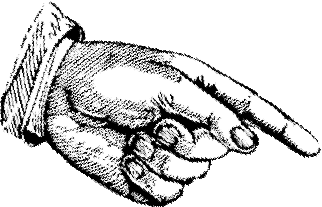 Revenge
Revenge
of the
Great Rural
Purged
Immediately following their cancellation, both The Lawrence Welk and Hee-Haw went into syndication. As independent productions they endured for many years - Hee-Haw for decades - and since the producers no longer had to provide a cut to the networks, they became rich. In fact, the Rise of Successful Syndications plus the Climb of the Cable was the harbinger that the Reign of the Big Three would soon end and these networks now survive mostly in vestigial form as some of the lesser read news outlets.
The irony is that Glen's biggest hit, Rhinestone Cowboy, was released after the Purge closed his show down. But Glen said he never thought of himself as a Country and Western singer. "Country and Western," he once said, "is 'You broke my heart so I'm going to break your neck.'" THAT, Glen did not sing.
But in the end, differences between Rock and Country Music are largely illusionary. After all, in the mid-1950's among the songs that were listed in the newly created Country and Western category by Billboard Magazine were Heartbreak Hotel, Don't Be Cruel, Blue Suede Shoes, All Shook Up, Love Me Tender, Tutti Frutti, Let Me Be Your Teddy Bear, You Ain't Nothin' But a Hound Dog, and - yes - Jailhouse Rock.
So in the end he fooled everyone. Elvis was Pure Country.
Pure Country

References and Further Reading
"Glen Campbell: 20 Essential Songs", David Menconi, Stephen Betts, Melinda Newman, Joseph Hudak, Robert Crawford, Rolling Stone, April 21, 2017.
"Glen Campbell’s 10 Best Songs", Chuck Dauphin, Billboard, August 8, 2017.
"Hot 100 for Week Ending December 16, 1967", Billboard, May 28, 1977.
"Top Rock Singles Best Sellers", Billboard, October 4, 1975.
"Top Rock Singles Best Sellers", Billboard, October 18, 1975.
"Top Rock Singles Best Sellers", Billboard, May 14, 1977.
"Top Rock Singles Best Sellers", Billboard, May 28, 1977.
"Glen Campbell", Grammy Awards.
"Glen Campbell", Discogs.